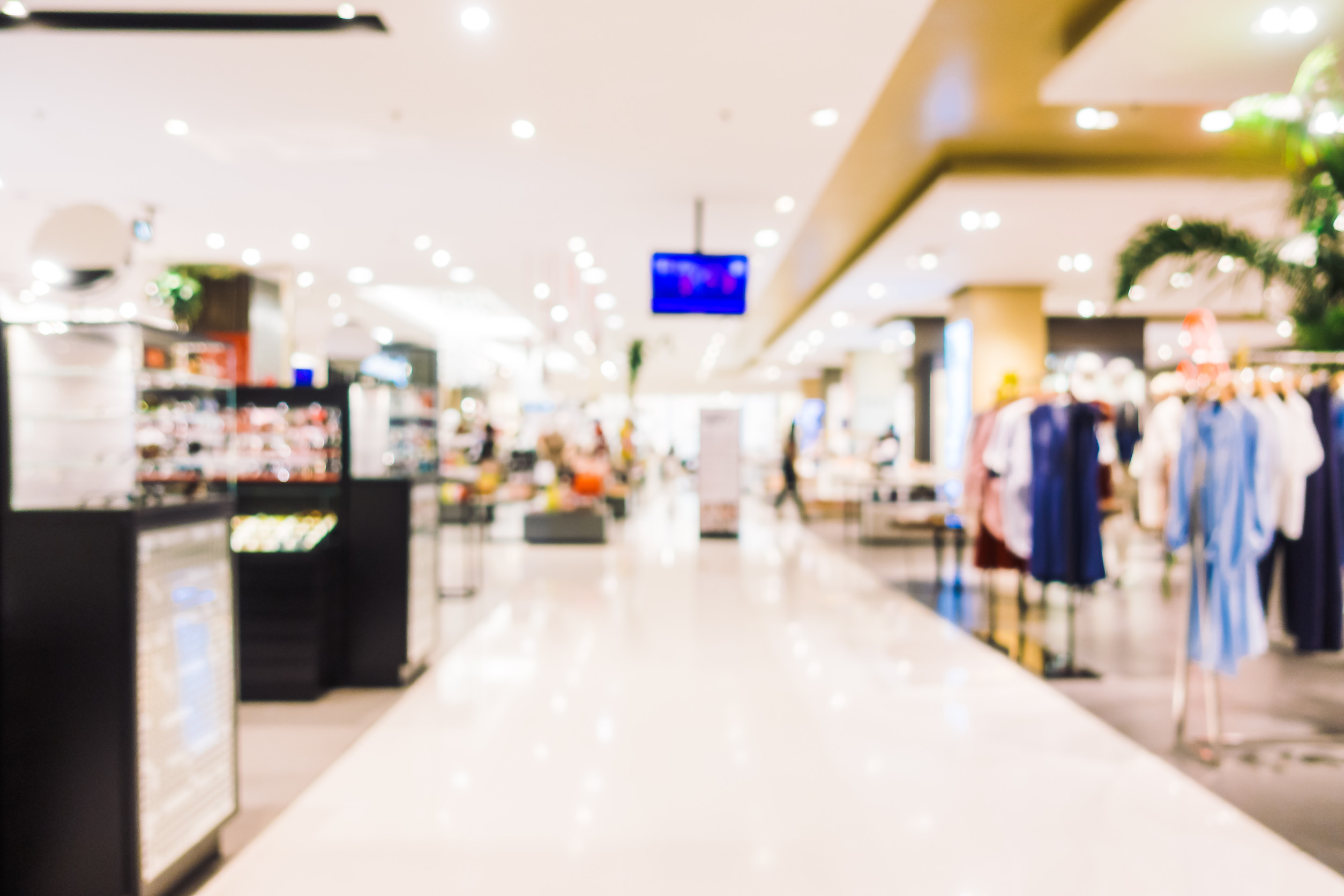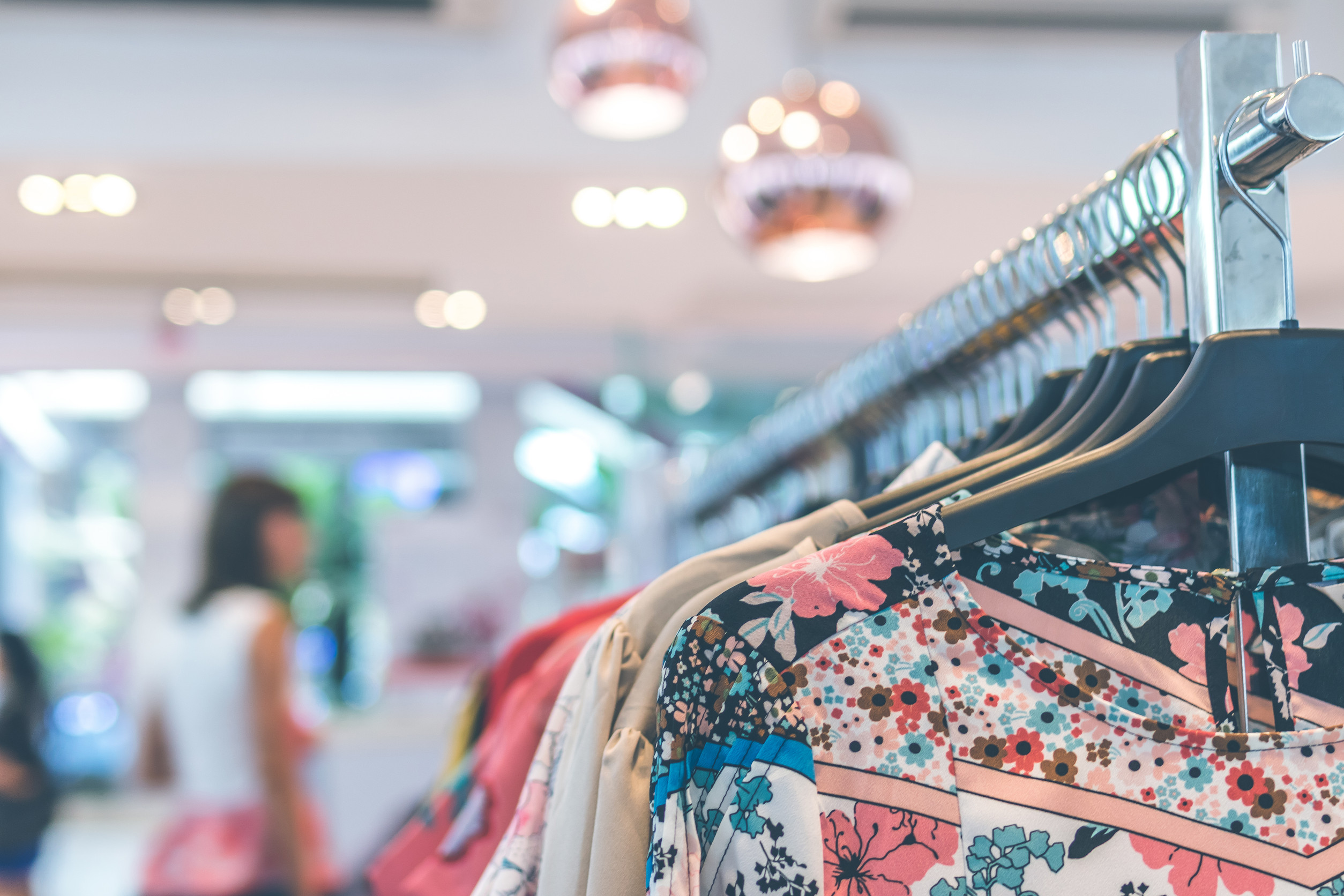It often happens without warning—a quick run to the store for one item turns into a full shopping cart. What was supposed to be a simple errand somehow transforms into a receipt that’s much longer than expected. Shoppers may walk away feeling puzzled, unsure of how they ended up spending more than they planned.
The truth is that retailers use clever, subtle tricks to influence customer behavior and spending habits. These strategies are designed to keep shoppers browsing longer, feeling good about their purchases, and spending more than they realize.
1. The Power of Store Layouts
Retailers design store layouts with careful intention, steering customers through high-traffic areas that promote impulse buying. Essentials are placed in the back of the store so shoppers must walk past tempting displays just to get to them. Aisles are arranged to encourage a flow that maximizes exposure to more products.
Certain high-margin items are positioned at eye level, while lower-cost or generic alternatives are shelved down low or up high. The goal is to slow customers down, guide their movement, and increase the likelihood of unplanned purchases.
2. Strategic Lighting and Music
Lighting and music are more than just background elements—they’re part of a psychological strategy to influence mood and behavior. Bright, warm lighting can make products appear more appealing and vibrant, while dimmer lighting in certain areas creates a cozy, leisurely atmosphere that encourages browsing. Soft, slow music makes customers linger longer, which often leads to buying more. Some stores even adjust music tempo depending on the time of day and customer traffic. This sensory environment is tailored to make shopping feel pleasant, reducing resistance to spending.
3. Price Anchoring Techniques
Retailers often use price anchoring to make customers believe they are getting a good deal by showing a higher original price next to a discounted one. This tactic takes advantage of how the brain processes value—shoppers focus more on the price difference than the actual cost. Seeing a $200 item marked down to $99 creates a sense of urgency and excitement, even if the item was never truly worth $200. These comparison points aren’t always grounded in reality, but they shape perception and spending decisions. Price anchoring makes customers feel savvy, while encouraging them to open their wallets.
4. The Decoy Effect
When presented with three pricing options for a product or service, customers are often nudged toward the one that appears to offer the most value, thanks to a strategic decoy. The decoy is a deliberately less appealing option that makes another choice look better by comparison. For example, a small popcorn might cost $4, a medium $7, and a large $8—suddenly the large looks like a bargain. This subtle influence shifts consumer behavior without them realizing they’re being steered. It’s a psychological trick that reframes value and pushes customers toward higher spending.
5. Limitless Loyalty Programs
Loyalty programs may seem like rewards for shopping, but they’re also tools designed to encourage repeat purchases and boost spending. By offering points, discounts, or exclusive access, retailers create a sense of progress and exclusivity that keeps customers engaged.
Shoppers are more likely to return to stores where they’ve already accumulated points or status. The promise of future savings often leads people to spend more in the present. These programs turn one-time shoppers into regulars who are subtly nudged to buy just a little more each time.
6. Psychological Pricing
Retailers frequently use prices that end in .99 or .95 because customers tend to perceive these as better deals, even if the difference is just a penny or two. Known as “charm pricing,” this tactic makes a $4.99 item seem closer to $4 than $5, even though the difference is negligible.
The human brain processes the leftmost digit first, anchoring the perceived value lower than it truly is. This effect is so reliable that it appears across virtually every retail sector. It’s a tiny tweak that consistently influences customer behavior at the checkout.
7. Free Samples and Testers
Offering free samples, testers, or demos can be one of the most effective ways to drive sales, especially in cosmetics, grocery stores, and electronics. Once a customer interacts with a product, the sense of ownership begins to form—a phenomenon known as the “endowment effect.” Even something as small as tasting a cracker or trying a hand lotion can spark a desire to buy. Shoppers feel less risk when they’ve had a chance to experience something firsthand. These tiny gifts are actually powerful conversion tools hiding in plain sight.
8. Cross-Merchandising
Retailers often place complementary items near one another to encourage additional purchases that weren’t originally intended. Placing pasta next to gourmet sauces or phone cases near new smartphones makes the connection feel natural and necessary.
This arrangement triggers suggestive thinking, subtly planting ideas for purchases shoppers didn’t plan on making. It’s a strategic setup that leverages convenience and logic to increase the size of a transaction. By anticipating customer needs, stores make it harder to walk away with just one item.
9. Scarcity and Urgency
Creating a sense of urgency or scarcity—such as limited-time offers, countdown timers, or phrases like “only 2 left in stock”—can strongly influence buying behavior. These tactics tap into the fear of missing out, a powerful emotional driver. When customers feel a product might soon be unavailable, they’re more likely to act quickly, even impulsively. Retailers know that urgency short-circuits decision-making and reduces the chances of second-guessing. The result is faster purchases and higher conversion rates, all without the customer fully realizing the manipulation at play.
10. Personalized Recommendations
Thanks to data collection and algorithms, retailers can now offer highly personalized product suggestions based on past behavior, preferences, and browsing history. These recommendations often feel eerily relevant, increasing the chance that shoppers will click, consider, and ultimately buy. Personalized suggestions create a sense of familiarity and convenience that traditional advertising lacks. When customers feel understood, they’re more inclined to trust the retailer and complete the purchase. These tailored nudges make spending feel natural rather than forced.
How Are YOU Influenced by Your Shopping Experience?
Retailers have become masters at using psychology, design, and subtle cues to influence how people shop. From the lighting and layout to the pricing strategies and loyalty incentives, every detail is crafted to encourage more spending—often without conscious awareness. By recognizing these tricks, shoppers can become more mindful of their habits and less likely to fall for impulse traps. Understanding the game is the first step in taking control of the experience and making smarter financial decisions.
What retail tricks have you noticed lately? Let us know what you have noticed and share you story below.
Read More
8 Retail Outlets That Should Be Closed Down Due to Poor Customer Service
8 Everyday Places Where Pickpocket Gangs Target Shoppers


